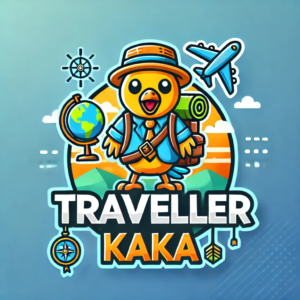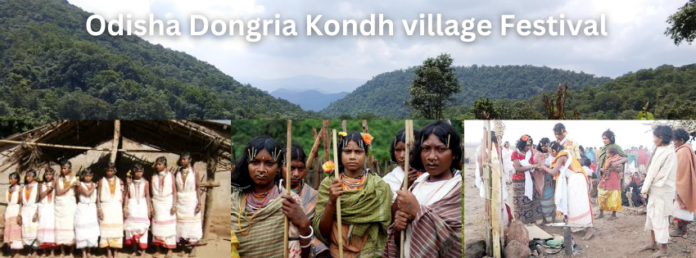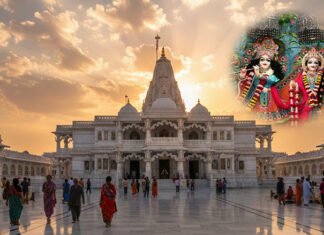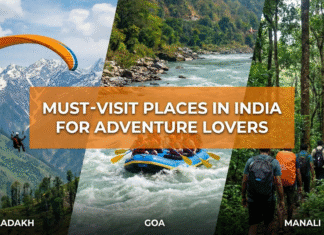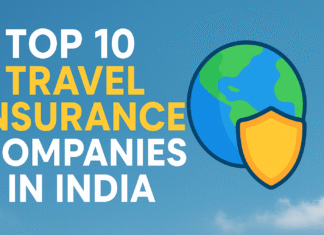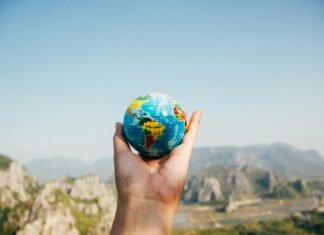Introduction:
Tucked away in Odisha’s Niyamgiri hills, the Dongria Kondh villages offer a glimpse into one of India’s most fascinating indigenous communities. Known for their deep bond with nature, unique traditions, and Odisha dongria Kondh festival, the Dongria Kondh tribe has preserved its way of life for centuries. This guide explores their history, culture, and ethical travel tips for visitors seeking an authentic and responsible experience.
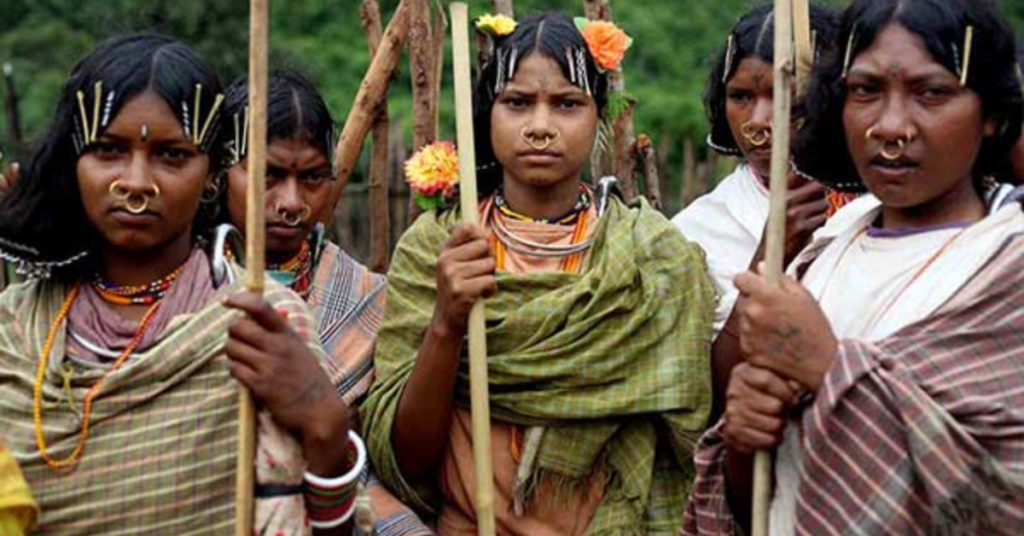
History of Odisha’s Dongria Kondh Villages:
The Dongria Kondh tribe is an indigenous community residing in the Niyamgiri hills of Odisha, known for their deep-rooted connection with nature and sustainable way of life. With a history spanning thousands of years, the Dongria Kondh have preserved their rich cultural heritage, unique customs, and traditional language. They are renowned for their agricultural practices, cultivating crops like millet and rice on the steep slopes of the Niyamgiri hills.
In recent years, the Dongria Kondh tribe has gained international recognition for their resistance against large-scale mining operations threatening their sacred homeland. The Niyamgiri hills, revered as the abode of their deity Niyam Raja, have been at the center of environmental and indigenous rights movements. Their determined efforts to protect their ancestral land symbolize their resilience and commitment to preserving their way of life despite modern development pressures.
Also Know About: Exclusive of Nagaland’s Hornbill Festival: A Cultural and Ethical Travel Guide
Who Are the Dongria Kondh?
The Dongria Kondh are an indigenous tribe living in the Niyamgiri hills of Odisha. Their name, “Dongria,” means “hill dweller,” which reflects their deep bond with the mountains. The tribe follows a unique way of life, depending on shifting cultivation, foraging, and sustainable farming. They worship Niyam Raja, the deity of law and nature, whom they believe resides in the Niyamgiri Hills.
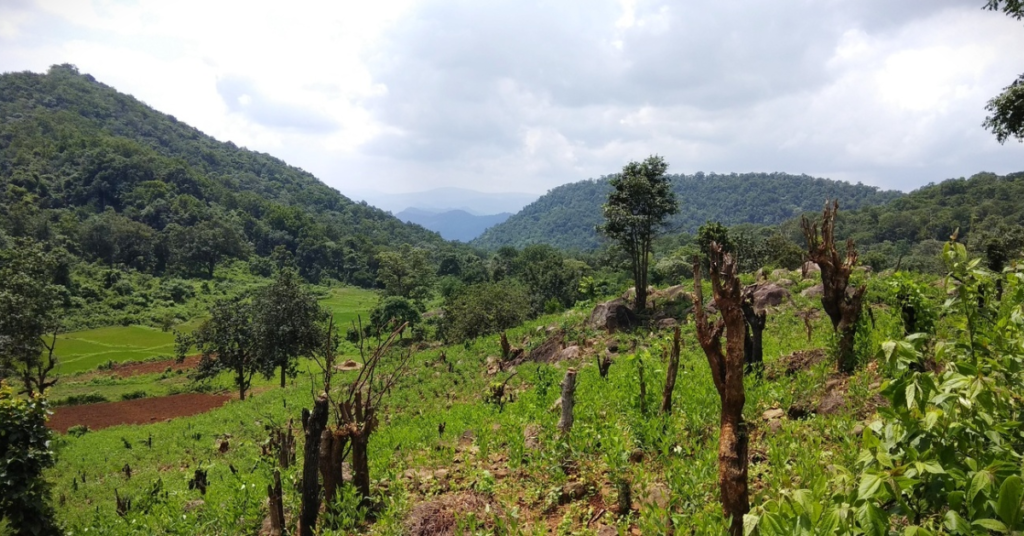
The tribe gained international attention for their resistance against large-scale mining projects that threatened their sacred land, showcasing their commitment to preserving their cultural and ecological heritage.
Festivals of the Dongria Kondh
One of the best times to visit Dongria Kondh villages is during their traditional festivals, which are vibrant and full of cultural significance. The most important celebration is Niyam Raja Parab, dedicated to their deity, Niyam Raja.
Niyam Raja Parab – The Grand Festival
- Expected Dates: February 2025 (exact dates to be confirmed)
- Duration: 3-4 days
- Highlights: Traditional music, dance, rituals, and communal feasts
During the festival, the Dongria Kondh wear their distinctive attire—men in white dhotis and women in colorful saris adorned with handmade jewelry. Traditional dances, rhythmic drumming, and sacred rituals fill the air, creating an unforgettable experience for visitors.
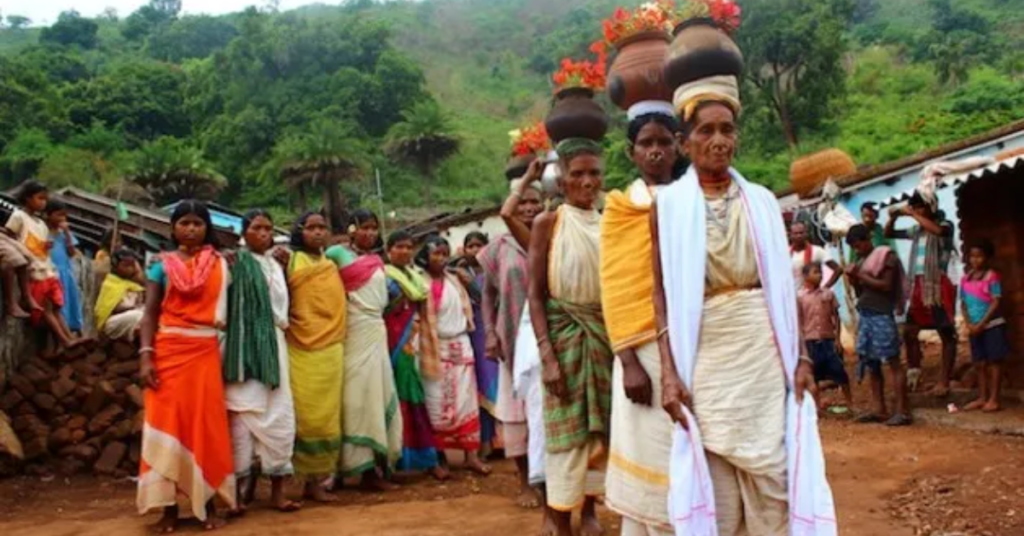
Also Read: Ultimate information of Kerala Backwaters: Houseboat vs. Kayak
Ethical Travel Practices: How to Visit Respectfully
Visiting Dongria Kondh villages is a privilege, and travelers must approach it with respect and mindfulness. Here are some ethical travel tips to follow:
1. Seek Permission Before Visiting or Taking Photos
Dongria Kondh people value their privacy and traditions. Always ask for permission before entering their villages or taking photographs, especially during religious or cultural events.
2. Hire Local Guides
Support the community by hiring local guides who can help bridge the language and cultural gap while ensuring a more authentic and respectful experience.
3. Travel in Small Groups
Avoid over-tourism by traveling in small groups. This helps minimize environmental impact and allows for meaningful interactions with the community.
4. Respect Sacred Sites
The Niyamgiri Hills are considered sacred by the Dongria Kondh. Do not litter, damage, or disrespect these places. Follow any local guidelines provided.
5. Support the Local Economy
Purchase handmade crafts, baskets, and textiles directly from the villagers instead of commercial vendors. This ensures that your money benefits the community.
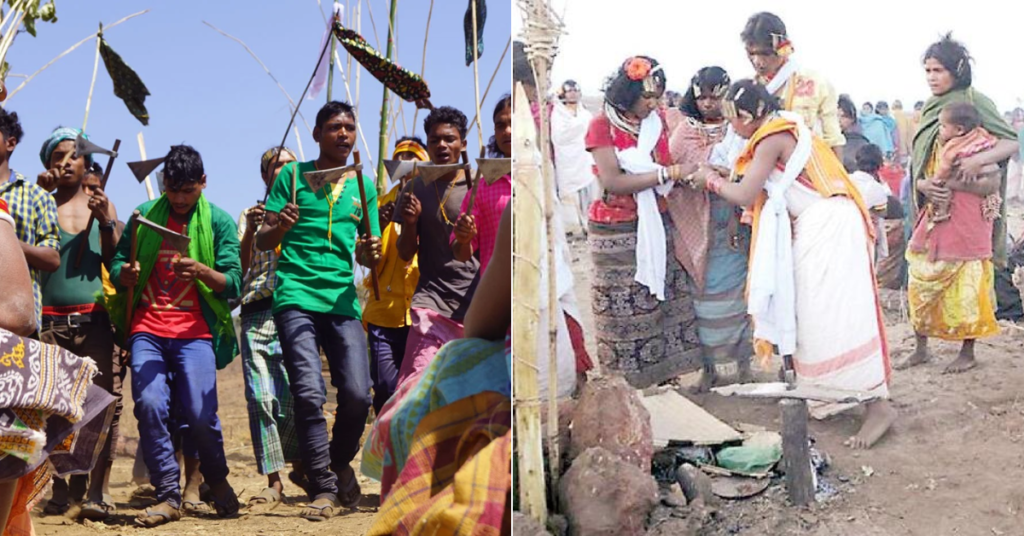
Don’t Miss: Nelapattu Bird Sanctuary – A Paradise for Bird Lovers
How to Reach Dongria Kondh Villages
1. By Air
- The nearest airport is Biju Patnaik International Airport (BBI) in Bhubaneswar.
- From Bhubaneswar, take a train or bus to Rayagada, the gateway to the Niyamgiri Hills.
2. By Train
- The nearest railway station is Rayagada Railway Station (RGDA).
- From Rayagada, you can hire a local taxi or take a bus to the villages.
3. By Road
- Rayagada is well connected by road to major cities in Odisha. Buses and taxis are available to reach the villages.
Where to Stay: Accommodation Options
While staying directly in Dongria Kondh villages may not be possible, there are several options nearby:
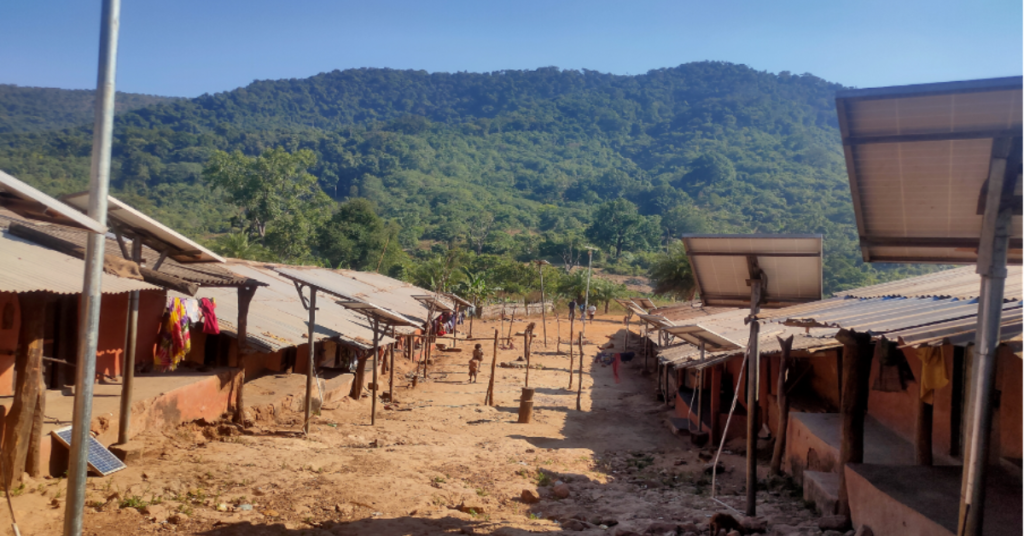
- Rayagada: Budget hotels and eco-lodges available.
- Eco-Friendly Homestays: Some tribal tourism initiatives offer eco-friendly stays that allow cultural immersion while ensuring ethical tourism.
- Government Guest Houses: Limited options are available in nearby towns.
Also Read: Pulicat Lake – A famous saltwater lagoon, great for birdwatching
Things to Do Beyond the Villages
1. Explore Niyamgiri Hills
The Niyamgiri Hills offer stunning trekking trails, pristine forests, and breathtaking viewpoints. It’s a paradise for nature lovers and adventure seekers.
2. Visit Chatikona Market
Held every Wednesday, Chatikona Market is a tribal marketplace where you can see various indigenous communities trading goods, handicrafts, and fresh produce.
3. Experience Dongria Cuisine
Try organic, home-cooked meals with ingredients sourced from the forests. Traditional dishes often include millets, lentils, and seasonal vegetables.
Final Thoughts: A Journey with Purpose
Visiting Dongria Kondh villages is more than just a travel experience—it’s an opportunity to learn, engage, and support a community that has preserved its heritage for centuries. By practicing ethical travel, you ensure that your journey is mutually enriching, benefiting both travelers and the locals of Odisha dongria kondh festival.
So, pack your bags and prepare for an unforgettable adventure into the heart of Odisha’s Niyamgiri Hills where culture, history, and nature intertwine most spectacularly way in Odisha Dongria Kondh Festival.
Frequently Asked Questions (FAQs):
ANS: Yes, but visits should be arranged with local guides or ethical tour operators to ensure respect for the community.
ANS: The best time is between October and March, with Niyam Raja Parab in February being a highlight.
ANS: Buy local crafts, hire local guides, and respect cultural traditions to support the community.
ANS: Yes, always ask for permission before taking photos, especially during rituals or ceremonies.
ANS: Yes, but it’s best to travel with a trusted guide to ensure a smooth and respectful visit.
